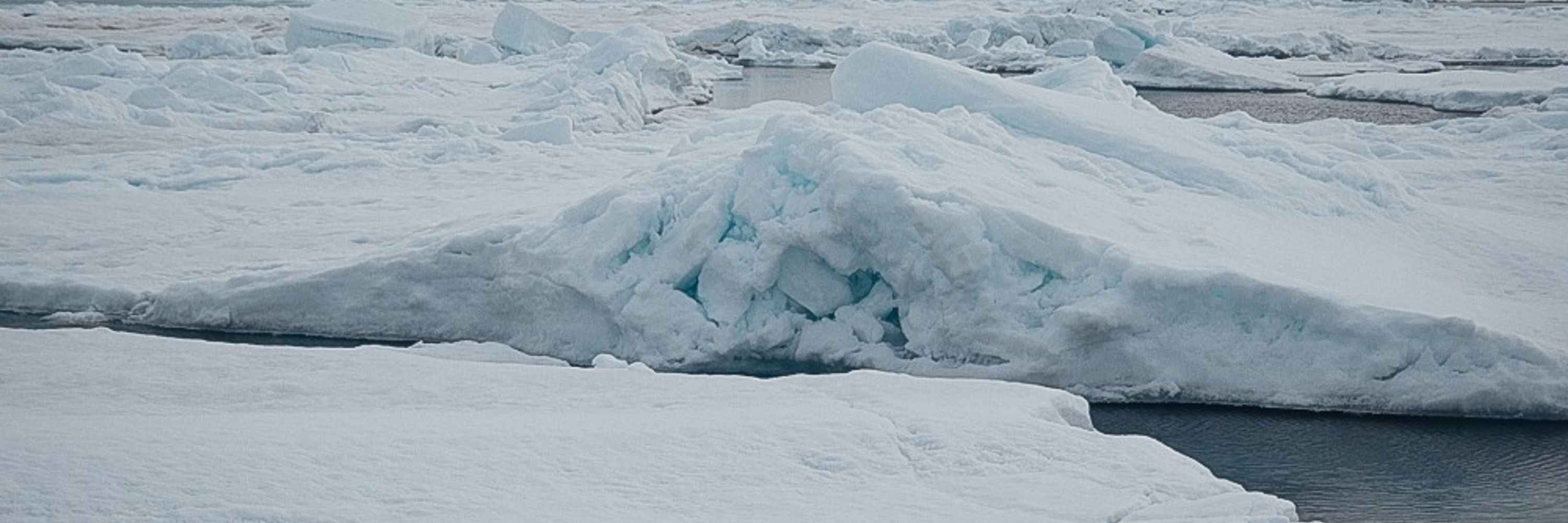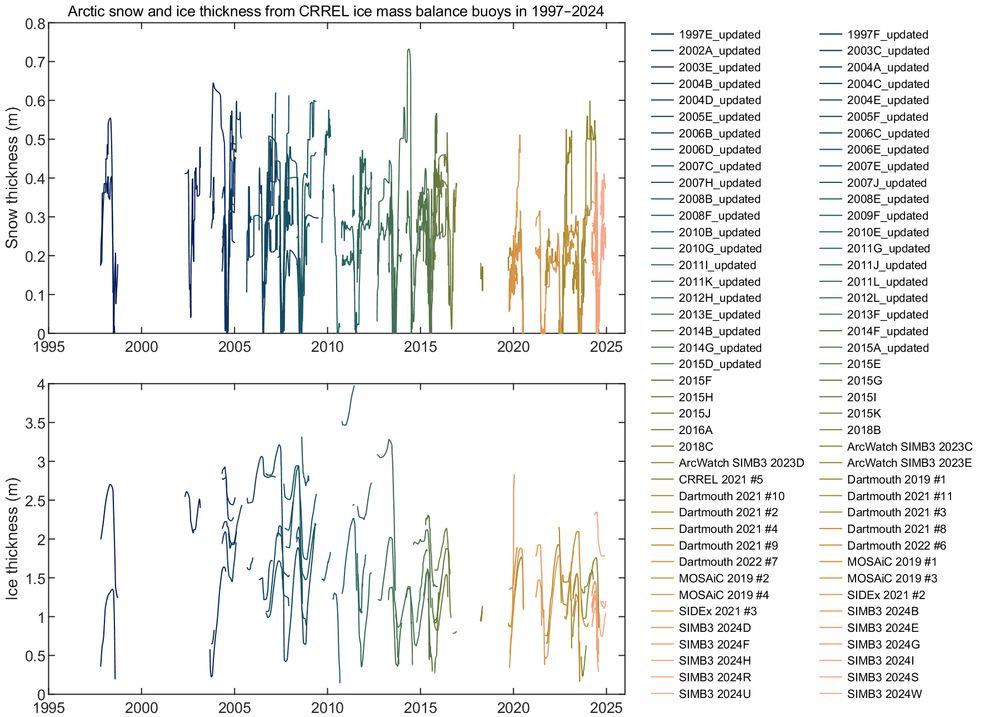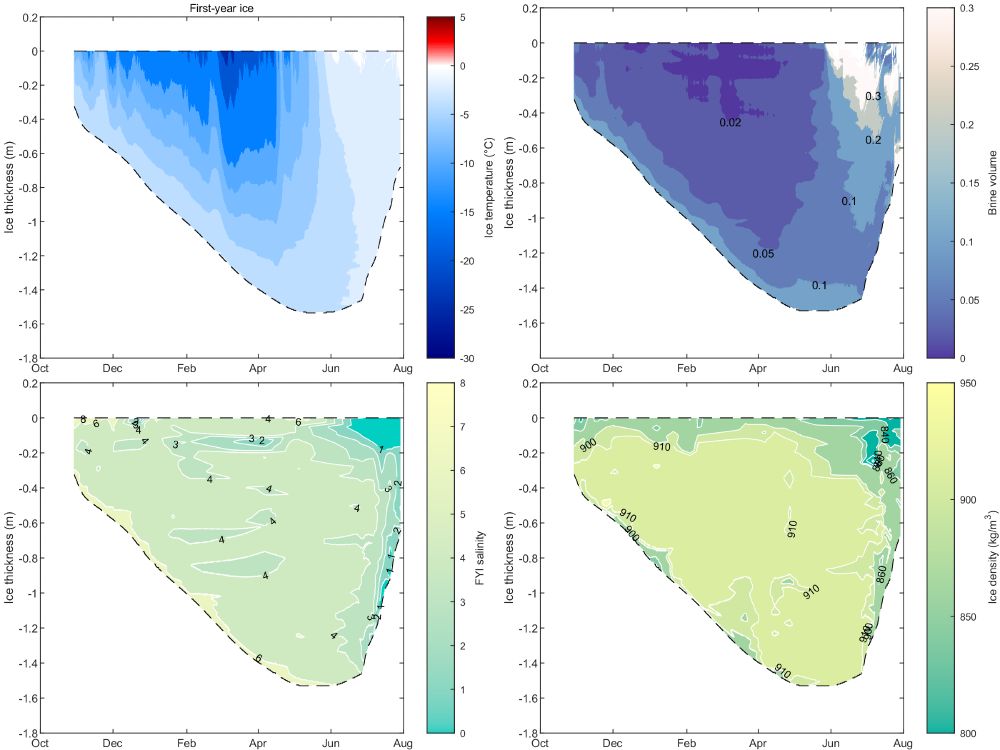Evgenii Salganik
@salganik.bsky.social
68 followers
75 following
60 posts
ice researcher and architecture photographer
Alfred Wegener Institute @awi.de
Posts
Media
Videos
Starter Packs
Reposted by Evgenii Salganik
Evgenii Salganik
@salganik.bsky.social
· Mar 28
Evgenii Salganik
@salganik.bsky.social
· Mar 21






















